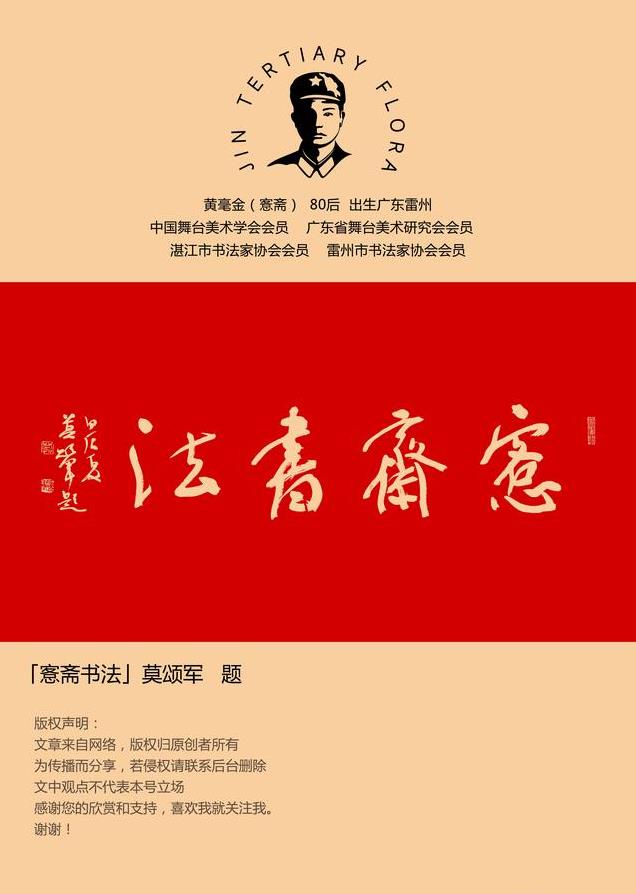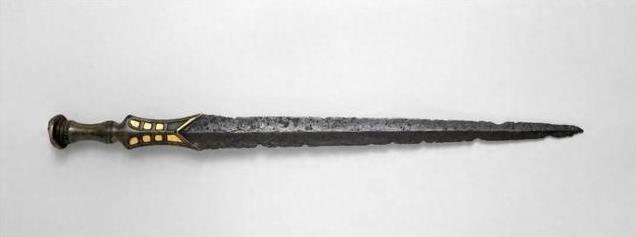
新疆青铜短剑
标题:新疆青铜短剑
作者:-
日期:约公元前 4 至 1 世纪 东周·战国
馆藏:大都会博物馆
地理:中国 新疆
材质:铁、青铜、黄金
尺寸:长度:26 3/8 英寸(67 厘米);宽度:2 英寸(5.1 厘米);重量:1 磅 6.5 盎司(637.9 克)
__________________

自公元前三千年开始,剑就既是武器,也是社会地位和权力的象征。公元前一千年,在欧亚草原游牧民族手中,剑与弓一起成为古代世界的主要骑兵武器。斯基泰人、月氏人、匈奴人和鲜卑人等民族将剑和弓的使用与无与伦比的骑术相结合,在欧亚大陆建立了一系列联邦和王国。对墓葬遗址的考古调查证实了剑的重要性,它既是一种珍贵的财产,也是各种游牧社会等级的象征。虽然墓葬背景使人们能够将某些类型的剑与特定的游牧民族联系起来,但其他类型的剑,比如这件,很难确定其归属。
From its inception in the third millennium B.C., the sword served equally as a weapon and as a symbol of social status and power. During the first millennium B.C., in the hands of the nomadic peoples of the Eurasian steppes, it became, along with the bow, one of the primary cavalry weapons of the ancient world. Groups such as the Scythians, the Yuezhi, the Xiongnu, and the Xianbei achieved a succession of federations and kingdoms in Eurasia by combining the use of sword and bow with an unparalleled skill in horsemanship. Archaeological investigations of burial sites have established the importance of the sword both as a valued possession and a sign of rank in various nomadic societies. While burial context has made it possible to identify some types of swords with specific nomadic peoples, others, like this example, are difficult to attribute with certainty.
这把剑的制作工艺十分复杂,青铜和铁的结合使用,以及金饰的存在都表明这把剑起源于一个拥有先进金属加工技术和相对高水平物质财富的社会。在中国西南部的云南和西北部的宁夏都发现了类似的剑。宁夏的发现还包括许多其他类似先进金属加工的例子,这表明这把剑可能起源于该地区,大约在战国晚期。
The complex techniques required for the manufacture of this sword, the combined use of bronze and steel, and the presence of gold decoration all indicate its origin in a society with advanced metalworking skills and a relatively high level of material wealth. Swords similar to this one have been found in Yunan in southwestern China and in Ningxia in the northwest. The Ningxia finds also include many other examples of similarly advanced metalworking, suggesting that this sword may have originated in that region, perhaps around the time of the late Warring States period.
__________________
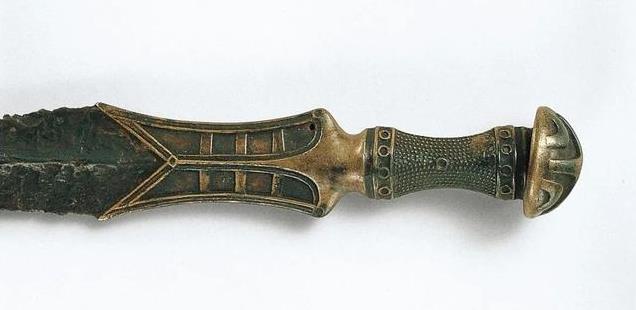
新疆青铜短剑
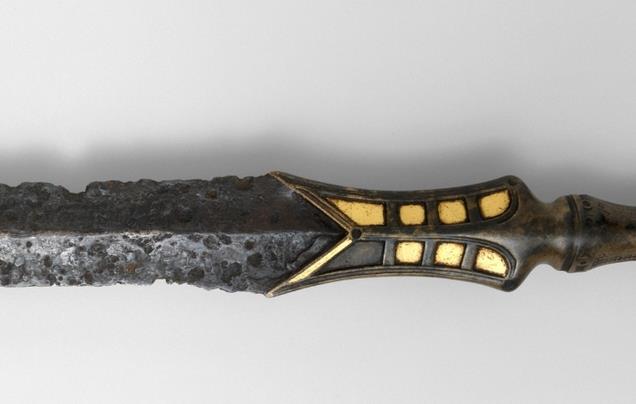
新疆青铜短剑
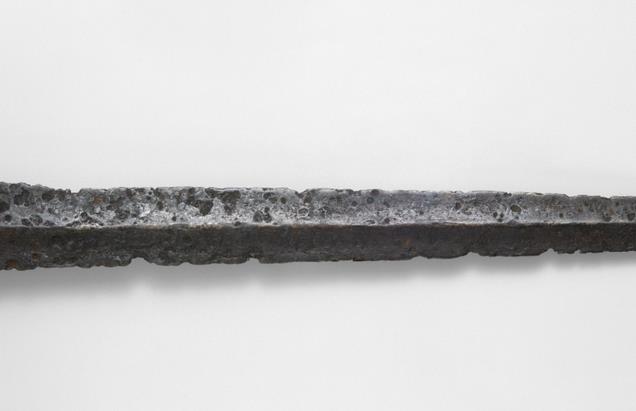
新疆青铜短剑
End
